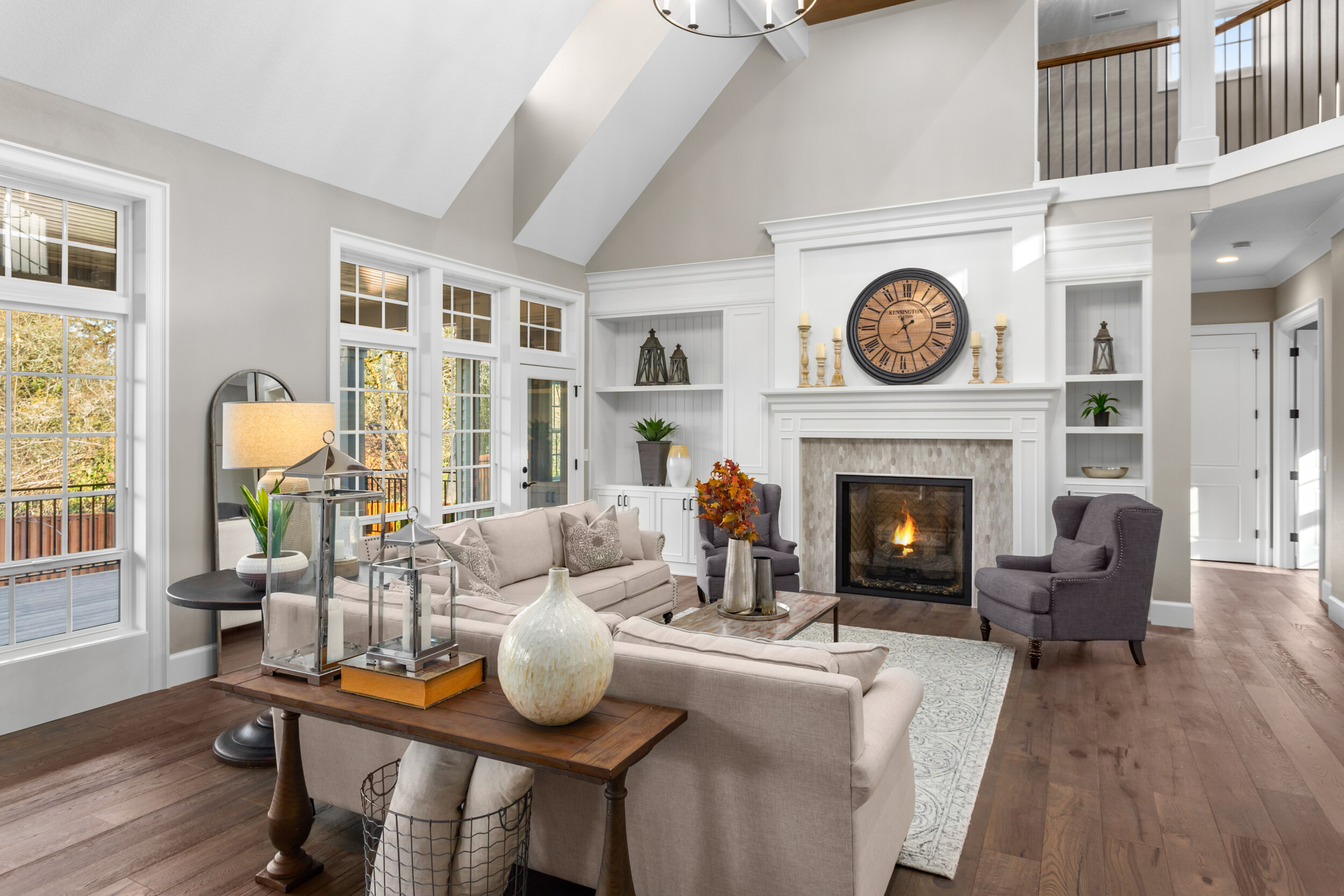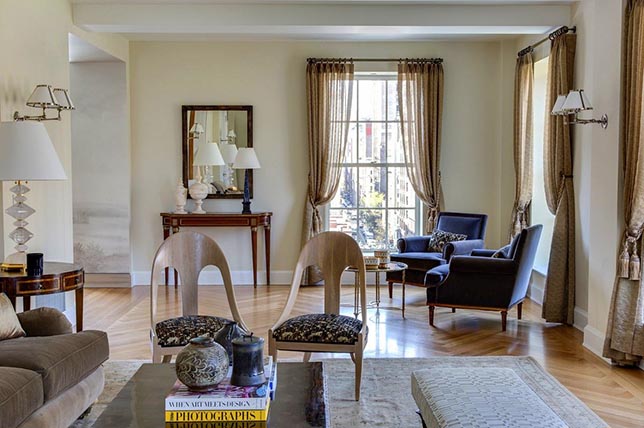Table Of Content

To create a complete transitional look, focus on contemporary artwork and home decor pieces to spice up the rest of the room. Metallic accents scream modernity; most homes these days have metallic accents in kitchens, bathrooms, and bedrooms. Use colors like bronze, gold, silver, and copper for lighting, accessories, furnishings, etc. to create a modern yet classic interior look. Many designers also use a large statement light piece as the room’s focal point to style the rest of the lighting around it. Another important aspect of the transitional style is natural light – so make sure you install enough glass windows, mirrors, or metal surfaces for natural light to flood in, and reflect off.
Reinstate original features
Make sure you’re pairing pieces with different legs, and you’re bound to end up with a balanced furniture scheme. Put simply, transitional design offers a transition between traditional design and modern design. I started off in the world of journalism in fashion and luxury travel and then landed my first interiors role at Real Homes and have been in the world of interior design ever since. Prior to my role at H&G I was the digital editor at Livingetc, from which I took a sabbatical to travel in my self-converted van (not as glamorous as decorating a home, but very satisfying). A year later, and with lots of technical DIY lessons learnt I am back to writing and editing, sometimes even from the comfort of my home on wheels. As mentioned, transitional design uses elements of traditional design, making these two styles somewhat related.
Clean lines

Style 101 also states they make amazing bathroom cabinets for extra towels and cosmetics in chic containers. The choice of earth-toned fabric contributes to the timeless aesthetic and harmonizes with the room’s sleeker, more contemporary elements such as the marble and forged iron tables. So, your choice of couch and chairs is one of the most significant elements of the space. And that’s a key element for any well-realized transitional style home as every element should stand on its own while together creating a rich assortment of goods that brilliantly work together.
Transitional Design: Everything You Need to Know About This Traditional and Modern Style
The goal is to create a home that looks lived in but still imparts style and uniqueness. The transitional design emphasizes comfort and functionality, with comfortable seating options and soft textiles, such as linen or cotton. Transitional kitchens often make use of sleek and streamlined cabinetry, neutral palettes, and an uncluttered atmosphere. Curved furniture is contrasted by clean lines from the shelves and fireplace in this living room designed by Jenn Feldman.
Nate Berkus shares how he developed his interior design style – plus his best advice for discovering your own aesthetic - Homes & Gardens
Nate Berkus shares how he developed his interior design style – plus his best advice for discovering your own aesthetic.
Posted: Thu, 22 Feb 2024 08:00:00 GMT [source]
10 transitional design lessons we learned from this luxurious penthouse - Homes & Gardens
10 transitional design lessons we learned from this luxurious penthouse .
Posted: Thu, 14 Dec 2023 08:00:00 GMT [source]
By now, we hope you have a better idea regarding the differences defining traditional vs transitional design. The definitions and descriptions above are key in deciding between transitional style and a traditional take for your home. A top tip for choosing a rug in a transitional space it to contrast the rug against the furniture. So if you’re opting for modern style seating, a traditional or vintage inspired rug is a great choice. This way the choice of the seating and the rug is a deliberate design contrast. More recently painting the window trims black is the more popular option.
But also add in plenty of contrasting shapes and styles
One key to successfully mixing transitional and modern styles is to keep the overall color scheme and materials consistent throughout the space. This helps to create a cohesive look that blends the two styles seamlessly. Lighting fixtures in Transitional spaces combine the intricate designs of traditional lighting with the streamlined aspects of modern fixtures. They serve as statement pieces that can dictate the room’s ambiance, providing both functionality and style. For a transitional style bathroom neutral paint colours are the best starting point for the walls.
Related Articles
You can add mirrored surfaces, marble accents, or plush velvet finishes to your transitional décor style for an added sense of luxury. They add the illusion of depth to a room without the need for knocking down any walls. The great thing about adopting a transitional design style is that almost any mirror will work.
They give the room a more relaxed and breathable vibe compared to a slightly more uptight traditional interior design style. The neutral color palette, a signature of this style, acts as a versatile canvas, allowing for an evolving array of decorative choices while maintaining a serene and cohesive atmosphere. The careful selection of furniture, which marries the ornate with the minimalist, adds to the unique charm of Transitional interiors, offering a comfortable yet refined aesthetic.
Accent chairs make a classic addition to any home, and if you’re designing a seating-filled space, you might end up needing a handful of accent chairs rather than just one or two. As you shop for furniture, look for opportunities to balance modern and traditional. To embrace a timeless design and transitional aesthetic, go for a modern yet vintage feel which celebrates a mix of natural lighting with easy furniture and smooth details that blend well together. Transitional design in interior design refers to a design style that incorporates traditional elements with contemporary design and modern elements. “While functional furnishings have always been a trait of transitional style, we are seeing the ask for separate sitting and conversation zones,” Umansky says.
Also, dark brown is used at times to add depth to a balance of tan, taupe, and vanilla. The traditional interior design, on the other hand, is a more classic and formal style. It is characterized by ornate details, rich colors, and luxurious fabrics. Traditional spaces typically feature dark, warm colors and a lot of decorative elements, such as chandeliers, ornate rugs, and heavy curtains. Furniture in the traditional style is often crafted from wood and features curved lines, carvings, and other decorative details.
Whites, creams, grays, and tans create a clean backdrop and ground the design. Adding deep blues, rich browns, and verdant pops of green add depth and activate the design. The focus on neutral colors allows designers to focus more on texture and layering, key components of this style. A great way to describe a transitional interior design style is arriving at a harmonious balance of comfort and luxury, feminine and masculine, and a mix of vintage and antique home decor with modern decor. If you’re wondering how to achieve transitional decor, we’ve got some excellent design tips in this guide, where you can learn how to mix traditional elements to achieve a transitional design style. Overall, transitional style window treatments are versatile and timeless, and they can work well in a variety of design styles and settings.
Owing to its decorative nature, you may want to counteract its detail with plain yet plush bedding. Layering color and decorating with pattern is a wonderful way to introduce a classic, transitional mood in your living room. But if you’re not confident with mixing up chevrons, stripes, and florals, the experts advise getting the big items sorted first.
A sleek low profile sofa paired with oversized accent chairs makes a warm and welcoming living room space. Take a cue from the transitional living room featured above and keep textiles limited to a range of four to five complimentary shades in different patterns for the ultimate sense of visual play. To strike the right balance between traditional sophistication and sleek modernity, you’ll want to keep your space pretty pared down. “Accessorize with spare touches to keep the overall room somewhat minimal,” Shaw and Moyer say. Draw on classic layouts as you make basic decisions about where to put your furniture and how high to hang your curtains.

No comments:
Post a Comment